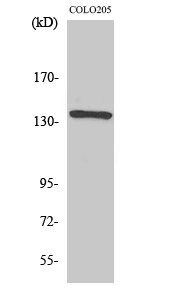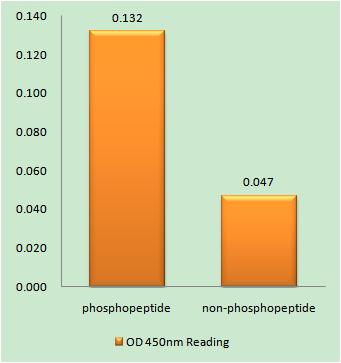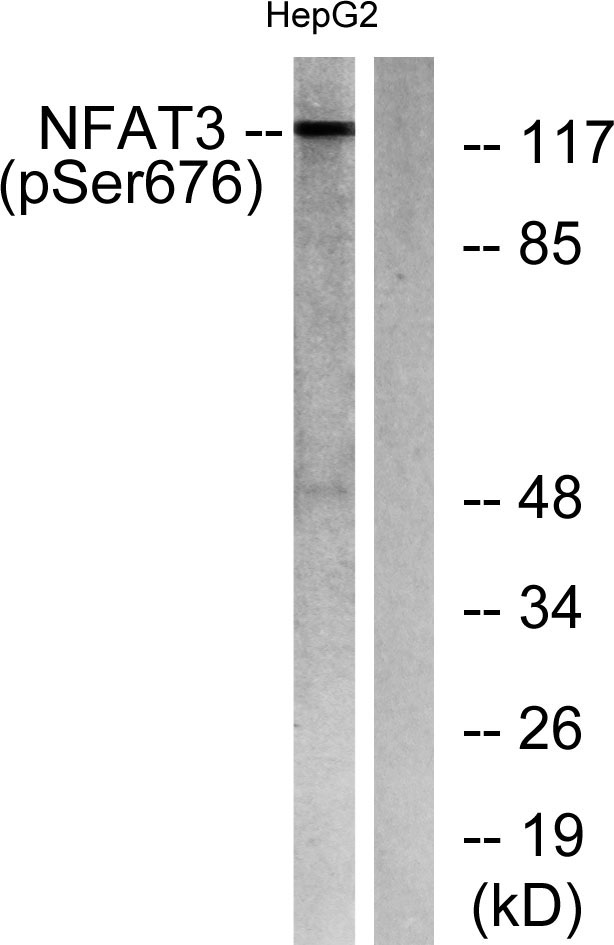
Catalog: KA4195C
Size
Price
Status
Qty.
96well
$330.00
In stock
0
Add to cart


Collected


Collect
Main Information
Reactivity
Human, Mouse
Applications
ELISA
Conjugate/Modification
Unmodified
Detailed Information
Storage
2-8°C/6 months,Ship by ice bag
Modification
Unmodified
Detection Method
Colorimetric
Related Products
Antigen&Target Information
Gene Name:
NFATC4
show all
Other Name:
Nuclear factor of activated T-cells, cytoplasmic 4 ;
NF-ATc4 ;
NFATc4 ;
T-cell transcription factor NFAT3 ;
NF-AT3 ;
NF-ATc4 ;
NFATc4 ;
T-cell transcription factor NFAT3 ;
NF-AT3 ;
show all
Background:
domain:Rel Similarity Domain (RSD) allows DNA-binding and cooperative interactions with AP1 factors.,function:Plays a role in the inducible expression of cytokine genes in T-cells, especially in the induction of the IL-2 and IL-4. Transcriptionally repressed by estrogen receptors; this inhibition is further enhanced by estrogen. Increases the transcriptional activity of PPARG and has a direct role in adipocyte differentiation. May play an important role in myotube differentiation. May play a critical role in cardiac development and hypertrophy. May play a role in deafferentation-induced apoptosis of sensory neurons.,PTM:Phosphorylated by NFATC-kinases; dephosphorylated by calcineurin. Phosphorylated on Ser-168 and Ser-170 by FRAP1, IRAK1, MAPK7 and MAPK14, on Ser-213 and Ser-217 by MAPK8 and MAPK9, and on Ser-289 and Ser-344 by RPS6KA3. Phosphorylated by GSK3B.,PTM:Ubiquitinated, leading to its degradation by the proteasome and reduced transcriptional activity. Ubiquitination and reduction in transcriptional activity can be further facilitated through GSK3B-dependent phosphorylation. Polyubiquitin linkage is mainly through 'Lys-48'.,similarity:Contains 1 IPT/TIG domain.,similarity:Contains 1 RHD (Rel-like) domain.,subcellular location:Cytoplasmic for the phosphorylated form and nuclear after activation that is controlled by calcineurin-mediated dephosphorylation. Rapid nuclear exit of NFATC is thought to be one mechanism by which cells distinguish between sustained and transient calcium signals. The subcellular localization of NFATC plays a key role in the regulation of gene transcription.,subunit:Member of the multicomponent NFATC transcription complex that consists of at least two components, a pre-existing cytoplasmic component NFATC2 and an inducible nuclear component NFATC1. Other members such as NFATC4, NFATC3 or members of the activating protein-1 family, MAF, GATA4 and Cbp/p300 can also bind the complex. NFATC proteins bind to DNA as monomers. Interacts with CREBBP, GATA4, IRAK1, MAPK8, MAPK9 and RPS6KA3.,tissue specificity:Highly expressed in placenta, lung, kidney, testis and ovary. Weakly expressed in spleen and thymus. Not expressed in peripheral blood lymphocytes. Detected in hippocampus.,
show all
Function:
generation of precursor metabolites and energy, transcription, transcription, DNA-dependent, regulation of transcription, DNA-dependent, transcription from RNA polymerase II promoter, defense response, inflammatory response, heart development, response to wounding, energy derivation by oxidation of organic compounds, RNA biosynthetic process, cellular respiration, regulation of transcription, regulation of RNA metabolic process,
show all
Cellular Localization:
Cytoplasm, cytosol . Nucleus . When hyperphosphorylated, localizes in the cytosol. When intracellular Ca(2+) levels increase, dephosphorylation by calcineurin/PPP3CA leads to translocation into the nucleus (PubMed:11997522, PubMed:18347059). MAPK7/ERK5 and MTOR regulate NFATC4 nuclear export through phosphorylation at Ser-168 and Ser-170 (PubMed:18347059). .
show all
Signaling Pathway
Cellular Processes >> Cell growth and death >> Cellular senescence
Organismal Systems >> Endocrine system >> Oxytocin signaling pathway
Environmental Information Processing >> Signal transduction >> Wnt signaling pathway
Environmental Information Processing >> Signal transduction >> Calcium signaling pathway
Environmental Information Processing >> Signal transduction >> cGMP-PKG signaling pathway
Reference Citation({{totalcount}})
Catalog: KA4195C
Size
Price
Status
Qty.
96well
$330.00
In stock
0
Add to cart


Collected


Collect
Recently Viewed Products
Clear allPRODUCTS
CUSTOMIZED
ABOUT US
Toggle night Mode
{{pinfoXq.title || ''}}
Catalog: {{pinfoXq.catalog || ''}}
Filter:
All
{{item.name}}
{{pinfo.title}}
-{{pinfo.catalog}}
Main Information
Target
{{pinfo.target}}
Reactivity
{{pinfo.react}}
Applications
{{pinfo.applicat}}
Conjugate/Modification
{{pinfo.coupling}}/{{pinfo.modific}}
MW (kDa)
{{pinfo.mwcalc}}
Host Species
{{pinfo.hostspec}}
Isotype
{{pinfo.isotype}}
Product {{index}}/{{pcount}}
Prev
Next
{{pvTitle}}
Scroll wheel zooms the picture
{{pvDescr}}



















